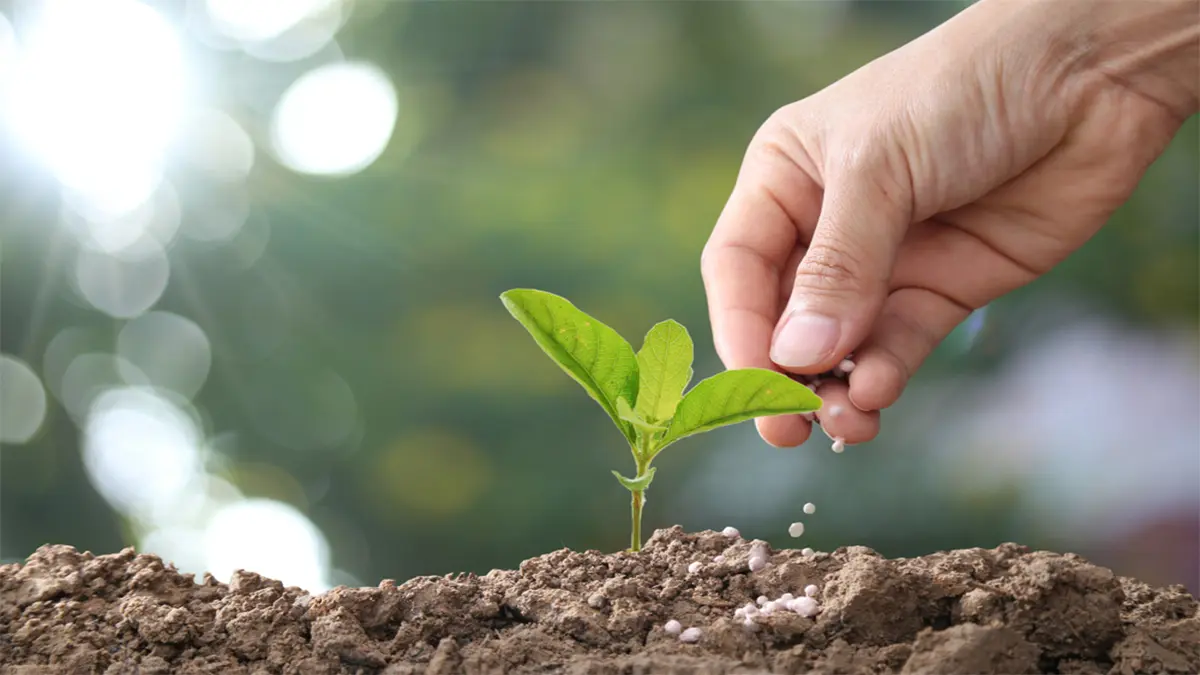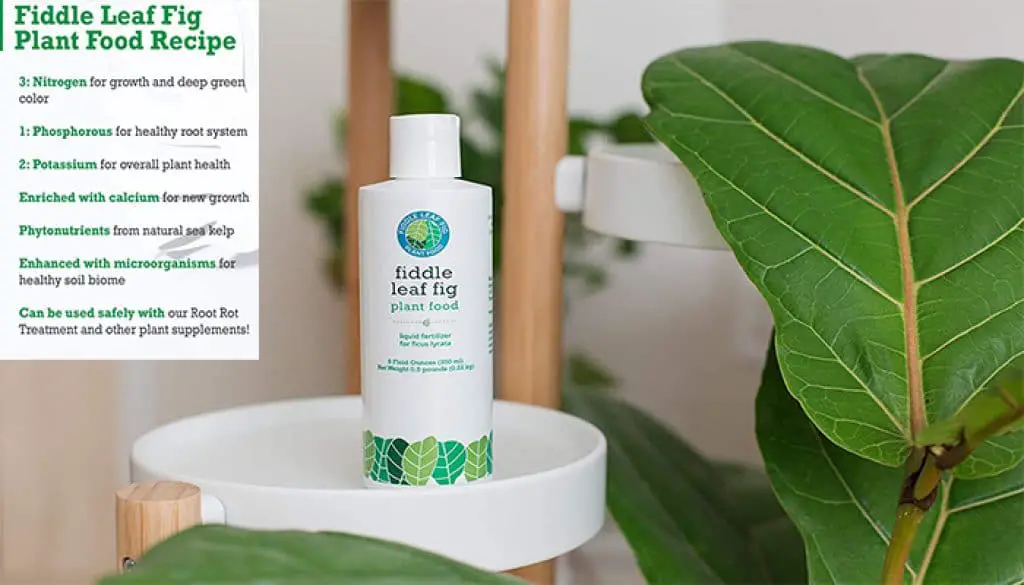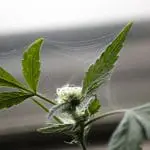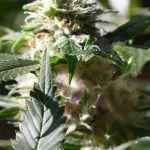How Old Should Seedlings Be Before Using Nutrients?

Growers should have a crystal clear idea about what and how they should feed their seedlings. During the very first days, your little, tiny seedlings need nothing but water, light, and warmth.
But after a few days, you need to go one step ahead and use nutrients to feed them well. However, you need to know how old should seedlings be before using nutrients in the very first place. And, the good news is, today, we are going to let you know every necessary information regarding this topic.
Also, there is additional information that is relevant to the topic and will help you in many ways. Sounds promising? Wait, there’s a whole lot more. Let’s just dive right in!
Basic Know-What About Nutrients & Seedlings
If you can link plant nutrients with a multivitamin, you can find it easy to understand their basics. Just as a vitamin, nutrients contribute to your plants’ growth and overall health. Also, it allows your plants to beat off diseases as well.
In simpler words, your plants will be at their best performance if you know how to apply nutrients to them. The basic nutrients you should provide the plants are phosphorus, nitrogen, and potassium (their element symbols are P, N, K respectively).
Also, your plants need micronutrients along with phosphorus, nitrogen, and potassium but micronutrients should be applied in smaller amounts.
When Do Your Seedlings Need Nutrients?- Rule of Thumb
Well, the thing is, every plant needs individual nutrients, and the amount of the nutrients vary as well. And, if that being said, when to start using nutrients, a simple rule is- just the time when your plants start growing their first TRUE leaves.
The very first leaves you notice right after the germination of a seedling called Cotyledon. These cotyledons accumulate all the nutrients your seedlings will require for the very first days of their life.
For this, you should wait to see true leaves (second leaves set). And, once you see so, applying a Diluted Fertilizer until your plants become bigger is a good idea. You can simply add a water-soluble diluted fertilizer to other necessary nutrients for the seedlings. Then, use this combination twice a week.
And, you should be concerned about how often you supply your plant nutrients. Take note if you see any improvement or any decrease in your plants’ growth.
Why Do Your Seedlings Need Nutrients?
If you help your seedlings get an extra boost and let them grow bigger, you will have better yields in the future. The additional nutrients will keep your seedlings safe from any future disease, predominantly, when they are young and vulnerable.
Also, nutrients will let your plants grow stronger stems, produce fruits, beat off disease, and produce leaves.
Remember, when you are going to use nutrients for your seedlings, it’s important to dilute the nutrients. Or else, there’s a chance you use too many nutrients which can damage your plants. You can simply add water to the fertilizer and make it diluted.
Another point you should be concerned about is over-fertilizing. To make sure you are not over-fertilizing, use a potting mix, it will work great.
Potting mix is nothing but soils that contain some nutrients in them. However, potting mix is somehow less concentrated than fertilizers. This means, there’s less risk of harming your seedlings.
But remember, you should never use potting mix whereas you’re done fertilizing your plants once. This will lead to over-fertilize your plants that you never want to make happen.
To make the best possible soil condition for your plants to grow, you should add phosphorus, potassium, and nitrogen to your plants. Also, using other micronutrients like iron, magnesium, and calcium is also a good idea when it comes to planting growth.
If you are not too much concerned about only a specific micronutrient for an individual plant, you can simply go for the main three nutrients (P, K, & N).
Different Kind of Fertilizers
Plants that are fully grown need fertilizers that are rich in nitrogen because it helps them to produce big fruits. On the other hand, seedlings need fertilizers that are rich in phosphorus because it helps them to have stronger stems and vegetation.
You should not deprive the seedlings of other necessary nutrients, rather, use a potting mix or fertilizer having a higher phosphorus ratio. Make sure your seedlings get each of the three main nutrients (N, K, &P).
Moreover, there are some types of fertilizers you should know and select one of them. As we said before, phosphorus is the key ingredient for seedlings because it activates their root development. Also, it’s an important element of photosynthesis.
Look carefully at the fertilizer label searching for a 1:2:1 (N:P: K) ratio. The easiest, as well as the fastest path for your seedlings to get nutrients, is a water-soluble or liquid fertilizer.
Here you go with some more types of fertilizer and make sure which one is your personal preference.
Organic Fertilizers
You will find a lot of liquid organic fertilizers available. If you can combine kelp and fish emulsion and provide the mixture to your seedlings, it can be an amazing organic fertilizer. It will never burn your seedlings, rather, it provides all the nutrients they need.
Along with synthetic fertilizer, you can also provide your seedlings with organic fertilizers weekly. If you don’t find the product is particularly labeled for seedlings, you can simply dilute it using half of the suggested dose.
And, it’s a better idea to provide your seedlings with a gentle amount of food regularly instead of using too many fertilizers at once and leaves risks to burn them.
Synthetic Fertilizers
Are you feeding your seedlings with synthetic fertilizers? If you are, then use this fertilizer weekly. Nevertheless, you should dilute the recommendation of the label by a minimum of half. Using too much fertilizer can harm your tender seedlings.
See the label’s recommendation for full-grown plants and take a quarter of it, this amount is okay for seedlings that are young enough.
Other Option
You can also add an organic fertilizer to the potting soil and mix it well. Growers do this especially when they move their seedlings from the initial containers to the larger containers.
But, granular fertilizers may take a longer time to impact your plants by releasing nutrients. For this, it’s a better idea to add granular fertilizers right when you start your seeds. Add this fertilizer to your potting mix’s lower layer, it should not get in touch with the seeds. Although this fertilizer is organic, using it too much can burn.
The Right Time to Add Fertilizers
If you apply fertilizers once or twice a week, your plants are okay with using nutrients at any age. But the most crucial times for providing them with nutrients are when your plants start growing leaves. It will make sure that your plants are getting the necessary nutrients for the best health condition.
However, you should not apply fertilizers or any kind of nutrients in the soil until you can notice the true leaves. And, in case, the soil you are using is in the lack of nutrients, it’s okay to use nutrients in the soil right before you plant the seeds.
To make sure you are not providing your seedlings a high amount of nutrients, you should always use diluted nutrients for the seedlings. Use nitrogen-rich fertilizer in the later stages as it’s crucial for fruit growth.
Also, how often you need to fertilize them depends on where exactly your plants are. For example, using nutrients once or twice a week is okay if your seedlings are in a container. On the contrary, if it’s about house plants, simply fertilize them once a week. And, if we are talking about outdoor plants, fertilize them only once a month.
A point worth mentioning here is that you should always test the soil before you plant seeds. By doing so, you can see how much nutrient is currently present in your soil.
How to Know If Your Seedlings are Getting Excessive Nutrients
Yes, it also should be your concern whether your seedlings are getting excessive nutrients or not. Look for these symptoms below:
- New growth is slowed
- Leaves turning yellow
- Salt building up in the soil or remaining salt in the hydroponic system
- Wilting
If you notice the signs we mentioned above, you are over-fertilizing.
Now, determine if you are over-watering your seedlings, you may flush out the extra amount of nutrients and allow the water to drain (as your plant doesn’t drain). Do not use any potting mix if you are planning to use any fertilizer.
It’s because there are already some nutrients in your potting mix, so, your plants will find it as excessive nutrients if you fertilize them again.
Nutrition Demand for Common Plants
Here you will find a guideline about using nutrients for some popular plants and exactly when you should start applying nutrients.
- Broccoli: Apply nutrients in the soil prior to planting the broccoli. Once you plant broccoli, wait for a month and then nutrients once again.
- Tomatoes: When you first plant tomatoes into a garden, use a fertilizer that is rich in phosphorus and contains a small amount of nitrogen. Wait for some days, and re-use nutrients when the plants will start flowering.
- Kale: Before you plant, use nutrients to soil or to the hydroponic solution.
- Peppers: Once the first true leaves appear, you should apply fertilizer. And, then, re-use nutrients to the plants right after you transplant them and you notice the fruits set. Make sure the fertilizer contains less nitrogen because peppers like fertilizers are not rich in nitrogen.
- Carrots: First of all, apply nutrients before you plant them. In case you notice the leaves of carrots look pale, add some more nutrients to the soil.
- Spinach: It’s easy, you only need to fertilize spinach plants every 2 weeks.
Final Word
Now, hopefully, you have got a satisfactory answer to the question- ‘how old should seedlings be before using nutrients?’. We appreciate your concern about the proper maintenance of your seedlings.
If you take enough care of your seedlings, you will surely get a high yield. So, keep an eye on your plants and provide them with enough water and nutrients. Be very careful so you don’t use too many chemicals and burn the seedlings.
Frequently Asked Questions
When should I fertilize my seedlings?
Once you notice the true leaves appear, you should begin to fertilize the seedlings.
Do I need to use nutrients every time I water my seedlings?
No, you don’t need to do this. Using nutrients once or twice a week is okay. If you add nutrients more often, there’s a chance your plants get excessive nutrients. Also, it’s important to test your hydroponic solution or soil weekly and make sure there is a proper nutrient level.
How long should I wait to water my plants right after using fertilizers?
Well yes, that should be a concern. Watering right after you fertilize your plants may flush out the nutrients of the soil. For this, wait a day prior to watering and let your plants absorb nutrients.
Should indoor seedlings get fertilizers?
Baby plants need nothing but a dilute fertilizer. You will get a recommendation for using about ¼ to ½ of the dose. You’ll find it easy to mix liquid fertilizers and dry fertilizers should be dissolved in water.
What should be the ratio for fertilizers?
1-2-1 for nitrogen-phosphorus-potassium (N-P-K).
Can I mix chemical and organic fertilizers?
Maximum plants require more phosphorus compared to their vegetative stage during their blooming cycle. And, it’s nothing but mixing organic and synthetic nutrients for getting a positive impact on the health and yields of your crop.
Related Tips:
How to Use Azamax? – The Complete Guide
Spider Mites On Buds At The Time Of Harvest
When Should I Add Molasses To My Plant
DIY 4oz Minimum Yield Grow Box
Wish you good luck!










